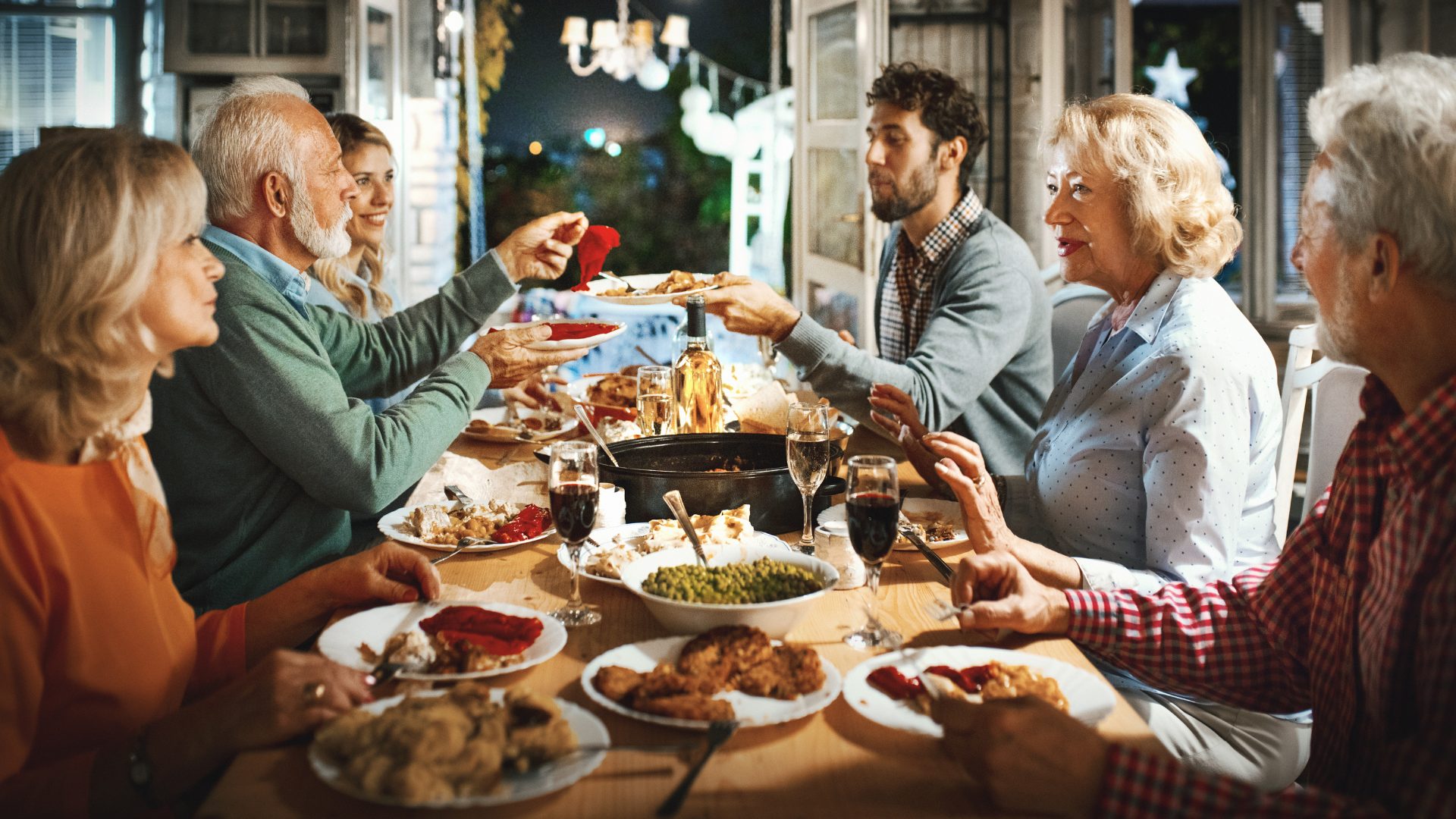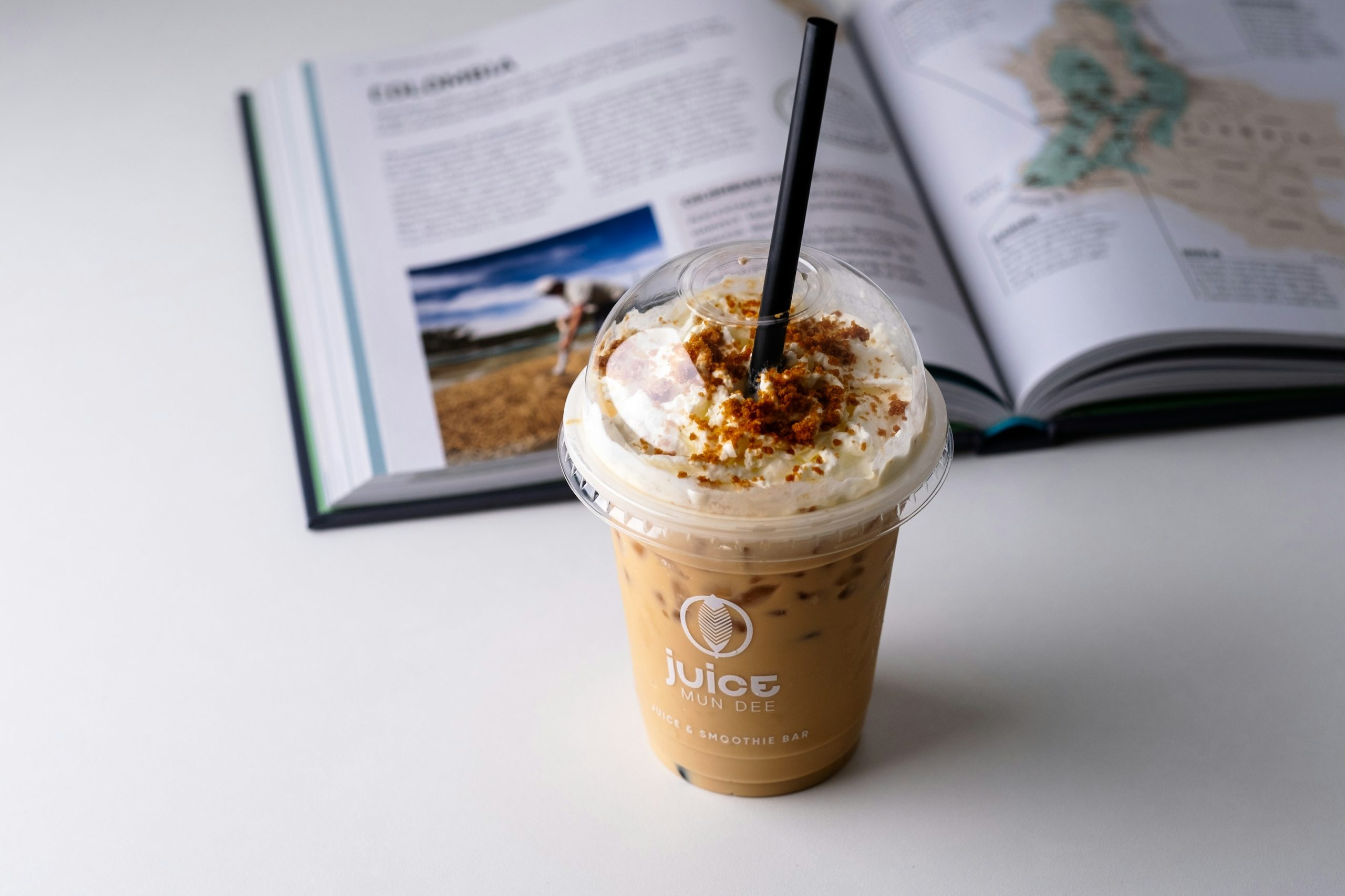The lethargic, self-indulgent cousin of Oxford’s Word of the Year “brain rot,” “bed rotting” is a common social media trend wherein Gen Z and Millennials spend extended periods in bed, eating, and scrolling through apps like TikTok and Instagram or binging movies or shows.
Despite bed rotting’s attractive charm – spending a day indulging in myriad pleasures from one’s refuge of comfort – the practice, much like “brain rot,” carries negative health implications.
“It’s very tempting,” psychiatrist Samantha Boardman told CNBC. “But the reality is, many people after they engage in some extended period of bed rotting … don’t feel that much better.”
This issue was examined during the recent Food Institute Webinar titled “What’s Ahead in 2025?” wherein Menu Matters VP Mike Kostyo discussed ways the F&B industry can get consumers out of bed (literally) to enjoy social time and gain new experiences.
Bed rotting is symptomatic of the U.S.’s loneliness epidemic that the surgeon general declared last year could lead to dramatic health consequences, including a 29% increased risk of heart disease, a 32% increased risk of stroke, and a 60% spike in premature death.
Implications for Foodservice
Restaurants have an opportunity to get consumers out of their beds and experience human social connection.
“I would argue there’s almost no better industry that can give consumers that human touch,” Kostyo said.
Menu Matters research found that consumers lack social food experiences.
A report from last year found that 35% of consumers said they did not eat a single meal with a close friend or family member in the past week, and 32% of consumers say they eat most of their meals alone. However, they want to change that in 2025.
Among consumers’ top goals for 2025 are spending more time with family (34%), getting out of the house (35%), and getting healthier (43%), value propositions that foodservice is uniquely positioned to deliver.
Restaurants serve as the quintessential destination for consumers to experience with their community, so facilitating that experience is key. Moreover, human aspects like meaningful interactions with employees, or customization or personalization options can help mitigate some of the anxiety consumers, particularly younger generations, may associate with going out.
“The idea that consumers were so anxious led to this activity,” said Kostyo. “So how do you get them out of the house? You have to give them bold, exciting experiences.”
Think flavor profiles that incorporate powerful spicy, sweet and spicy (“swicy”), pungent, sour, tart, or umami tastes, or those that offer multisensory experiences. Additionally, Kostyo recommended turning restaurant dining into a form of escape that elicits a unique or cozy feel consistent with the restaurant’s brand.
For the bed rotting evangelists, operators can always streamline the online delivery experience and incorporate human elements to make consumers feel cared for. A DoorDash report from earlier this year found that 21% of Gen Z consumers most often eat delivery from their bed, illustrating the widespread nature of the trend.
Bed Rotting Could Spell Good News for CPGs
Although it may threaten brick-and-mortar foodservice sales, the social media trend could be a boon to the snacking sector, which Circana estimated to reach $214 billion earlier this year.
The growth of bed rotting coincides with Americans’ increased screen usage: a recent report found that the average American aged 16-64 spent over seven hours a day looking at screens in Q3 2023, up an average of 4 minutes from the year prior. Circana noted that the rise in screen time presents a twofold opportunity for snack manufacturers: 34% of consumers turn to social media to discover new snack foods and trends, and 20.2% of snacking occasions occur in front of the TV.
Both discovery and indulgence are happening in front of the screen, and manufacturers can engage with these desires through their go-to-market strategies.
Circana global EVP and chief advisor of consumer goods and foodservice insights, Sally Lyons Wyatt, noted in a statement that one snacking trend CPGs could leverage is the increasing demand for indulgent offerings that present a temporary escape from daily life and its stressors. This trend plays into bed rotting by promising the same proposition – a comfortable way to destress.
The CPG sector in general has been needing a sales boost; however, this year marks the first time in three years that sales volume growth has been positive year-over-year, Lyons Wyatt noted during the recent FI webinar. As of November 3, the sector has seen a 1% growth YTD, while 2023 endured a 1.2% volume drop.
The Food Institute Podcast
Is it possible to balance a legacy brand and innovative ideas for a food company? Bibie Wu, chief communications and technical development officer with Del Monte, shares how her company respects its past while looking to the future, and how her dual roles in marketing and product development inform each other and improve the company.












